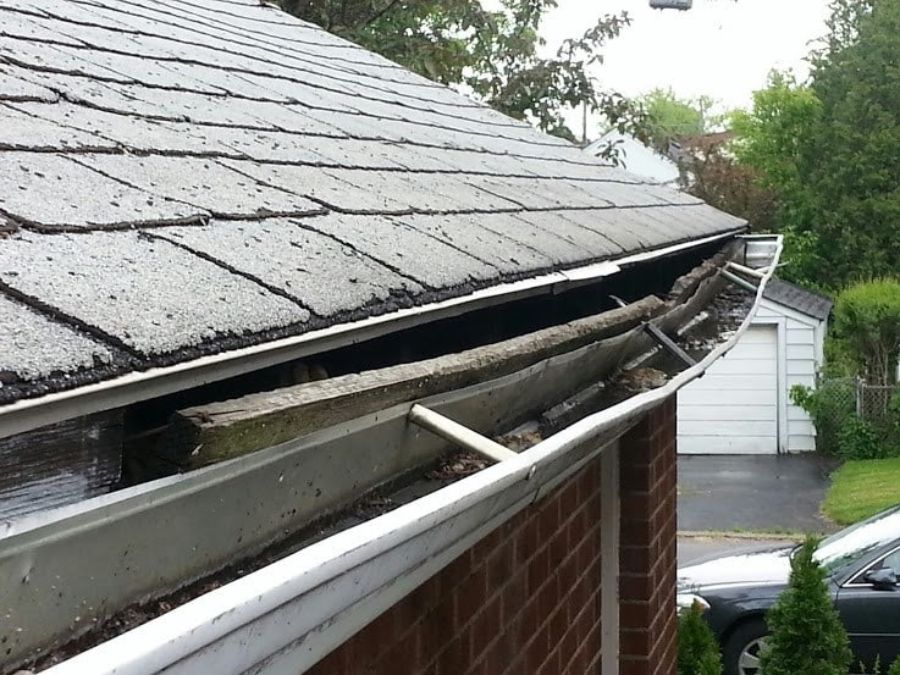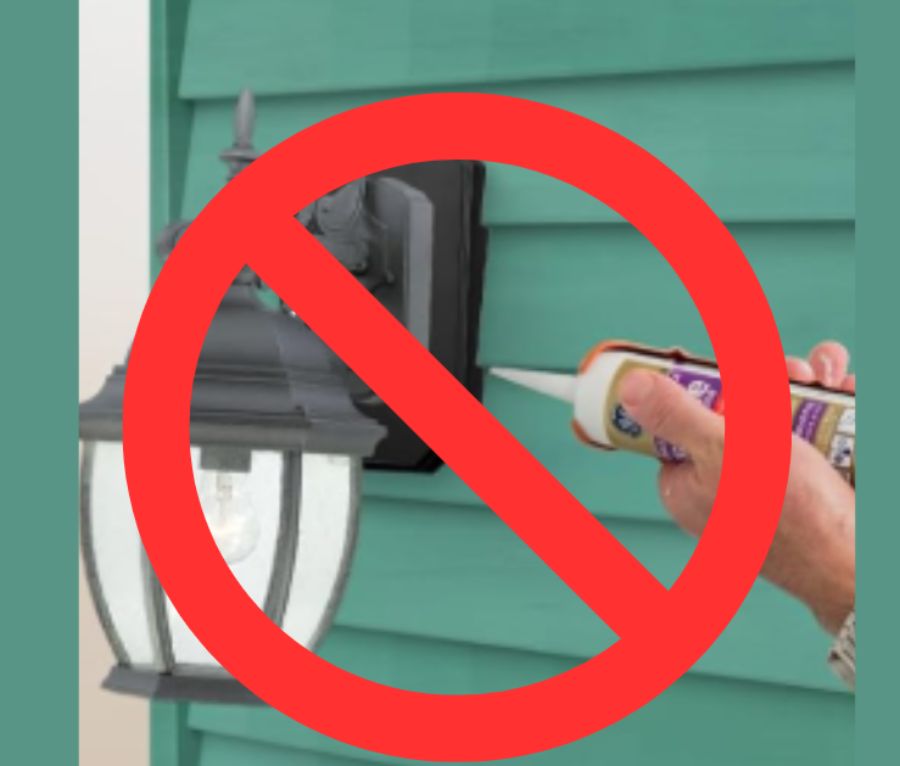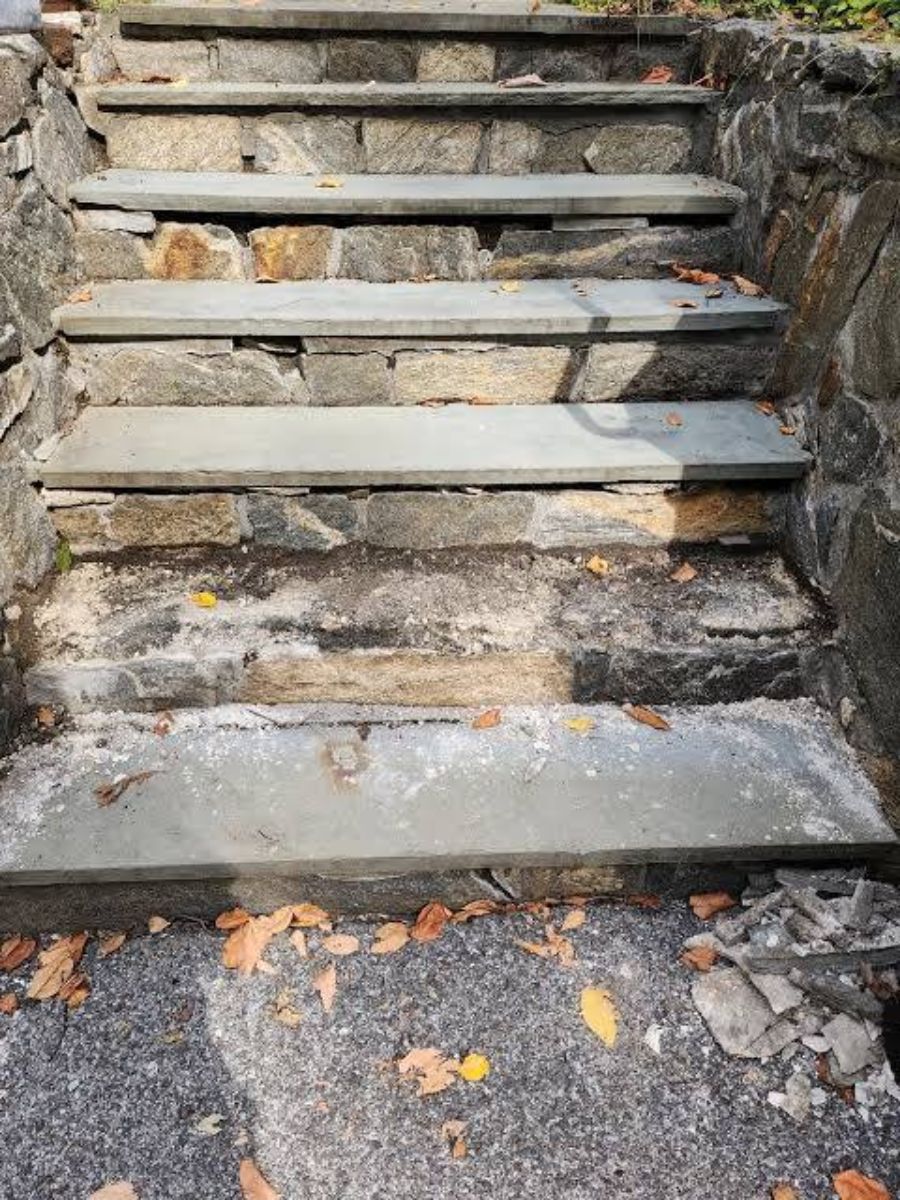One of the more challenging items around the home that if you have been around long enough, you have surely had to navigate through at one point or another, is a door that just will not seem to close.
Even more perplexing are situations where the door seems to not close and then all of a sudden it seems to close ok.
How the heck does one deal with situations like this?
In fact, many times (though not always!) the older the home, the more likely these types of situations are to more frequently occur.
When this happens, what is happening, why is it happening, and how can it be better prevented???
The majority of the time when a door does not seem to want to close, the door has expanded due to humidity or an excess of moisture in the air.

In the Summer when the air is more humid, doors are more likely to experience these types of issues, where during the times of the year when the air is “drier”, the doors can contract a bit and what may be a difficult door to open at one time of the year, can strangely be quite functional at another time of the year.
“But my doors are painted, how is the moisture causing them to expand?”
While your doors may indeed be painted, most commonly folks neglect to paint/seal the top and bottom edges of the door, either at the time when they are initially installed or when they have maintenance done to them at some point down the line.

To prevent this from happening or to correct this from occurring in the future, I have found that there are only two choices:
1) Wait until a time of the year when the door seems to be closing properly, take the door off its hinges, and properly seal its edges (prime & paint, seal with stain/polyurethane, etc.), correctly re-hang the door when its edges are dry.
2) If you cannot wait until a time of year where the door naturally becomes easier to operate or the door has reached its point of no return and no matter what time of year, the door always seems “stuck”, your best bet is to get a carpenter involved who knows and is comfortable with adjusting the door through a methodology of surgical planing and door & door jamb adjustments, and then when this is done and the door seems to perform like it should, then apply the steps laid out in #1 above.

If either of these are enacted, your door should be at its optimum functionality from this point moving forward.
It certainly can be frustrating when a door, very literally, seems to be impossible to close at one moment in time and then a very short time later seems to work just fine.
Fortunately, there are very simple reasons why these types of things tend to take place and even more fortunately, they are nowhere near impossible to fix once you realize what is happening.







